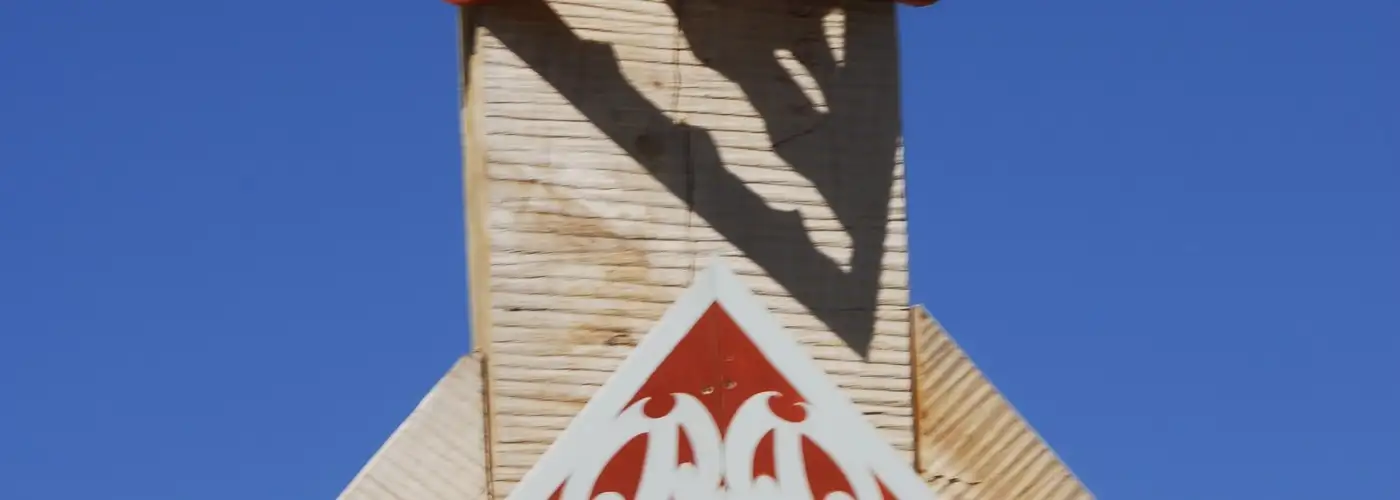Editor’s note: SmarterTravel.com Associate Editor Molly Feltner recently returned from New Zealand and is sharing her experiences in the “Adventure Travel Capital of the World.”
Besides adventure, one of the reasons I came to New Zealand was to experience its indigenous people, the Maori. Once oppressed by the English settlers, these Polynesian people are now undergoing a cultural renaissance. In recent years, they’ve brought the Maori language back from the brink of extinction, introduced new cultural festivals and competitions to encourage the younger generations to take part in traditional arts, and taken an active role in the tourism industry. With interest in cultural tourism growing around the world, some Maori groups are beginning to open up their homes and lands to visitors, explaining their history and traditions through tours and homestays.
I myself was a little unsure of what Maori tourism would be like as I’m always a bit concerned that “cultural” tours might involve something like a resort-style luau. But I had heard good things and so signed up for a half-day Maori cultural tour in Kaikoura.
I was pleasantly surprised. There were no spectacles or lectures on the evils of white colonization involved. The tour was more of an open interaction between the tour group members and our guide, Maurice Manawatu of the Ngati Kuri tribe, and his family members. On the tour we were brought to several different sites including the ruins of a Maori fortified village, Maurice’s tribe’s Marae (gathering place), a forested hiking trail where many of the wild plants that the Maori used for food and medicine still grow, and finally to Maurice’s house where we had afternoon tea with his wife and family. At each place, Maurice invited us into a discussion about the Maori history and customs.
The discussions were highlighted by some kind of interaction that made the Maori customs come alive. At the Maori fortress, Maurice made us all introduce ourselves the Maori way: You say your name, the name of the most significant mountain near your home, the name of the most significant river near your home, your ancestry, and your “canoe,” or the name of vessel that brought your ancestors to your homeland. I’m Molly Feltner-Mt. Washington-Charles River-English/Irish/Scotch/German/French/Dutch mongrel-Mayflower, by the way. Then we all had to do the hongi to each other. The hongi is a Maori greeting that involves pressing your nose up against another person’s nose and sharing a breath of air—something that is terrifying for most Pakeha (white people). However, it was a great way to break the ice and get us all into the spirit of the tour.
We hand-pick everything we recommend and select items through testing and reviews. Some products are sent to us free of charge with no incentive to offer a favorable review. We offer our unbiased opinions and do not accept compensation to review products. All items are in stock and prices are accurate at the time of publication. If you buy something through our links, we may earn a commission.
Top Fares From
Today's Top Travel Deals
Brought to you by ShermansTravel
France: 8-Night Paris, Avignon & Nice...
Infinity Worldwide Vacations
 vacation
$2880+
vacation
$2880+
Poconos: 3 Nts in Garden of...
ResortsAndLodges.com
 hotel
$305+
hotel
$305+
7-Nt Canada & New England Cruise,...
Princess Cruises
 cruise
$839+
cruise
$839+




